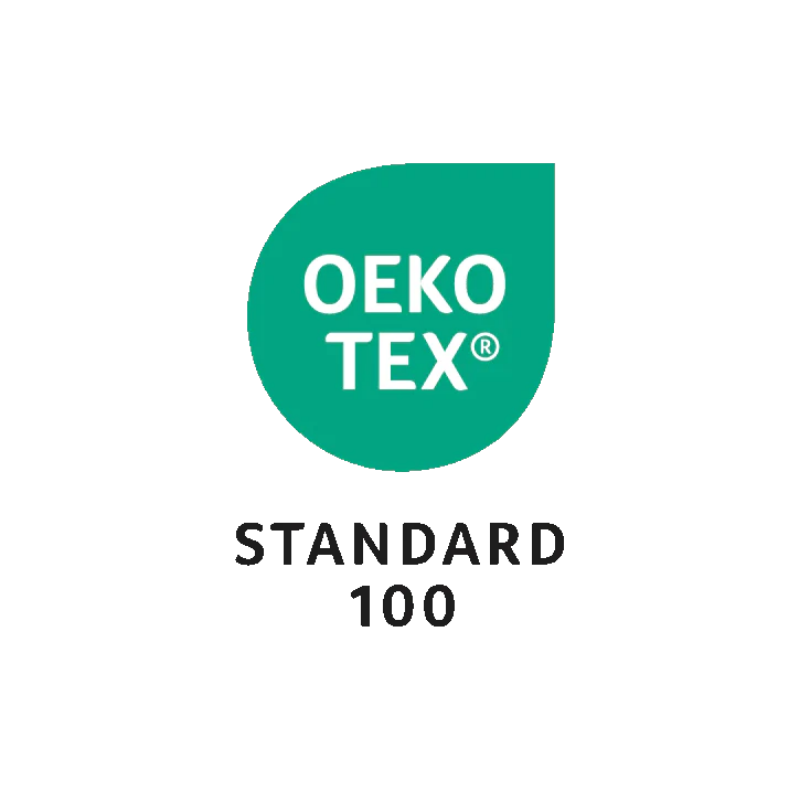Home Office Decor Ideas

A home office is often an afterthought, perhaps a converted closet, a nook in a kitchen or a corner of a bedroom. Whether you have the luxury of dedicating an entire room to an office or must incorporate it into an existing living space, there are ways to make it functional, efficient and attractive.
Define Your Needs
Besides a desk and chair, what else is needed? You may need filing cabinets, bookshelves, a printer stand or extra chairs for clients or guests. Defining the needs for your office before you design the space helps you organize and plan. If the space is too small to hold supplies or files, find a spot elsewhere in your house that you can set aside specifically for office needs. Designating a space will help keep you organized.
Choose Décor That Speaks to You
Your office should be an attractive and pleasant space to work in. Choose colors that you like for walls and accessories. Use the walls to display your favorite artwork, family photographs or children's creations. Whimsical frames add to the personality of the display. If you want a more formal look, have prints or photos custom matted and framed. To see what they will look like before hanging, arrange the framed pieces on the floor until you get the look that you want.

Office furniture can also reflect your personality and taste. Pair vintage furniture with modern accessories for a distinctive look. To be effective, make sure the scale of the pieces is in tune with the space. If you have a small space but want to use a large, antique desk, make that the focal point and minimize other elements.
A colorful carpet adds zing and absorbs sound. You may already have area rugs that can be used in the space. Otherwise, look for an inexpensive flatweave that complements the colors or patterns used in the room. Other options are tatamis, faux cowhide or a shag throw rug that feels soft and warm under your feet as you work.
Organize the Space
If your office is a mess, you will not want to use it. You may end up on the couch, bed or dining table. Incorporate as much storage as possible to help with files, reference materials and other items that you use regularly. If you are on a budget, try repurposing old wooden boards, bookcases, tables or other furniture.
Use vertical space to advantage. Wall-mounted storage can add to the décor. Try open shelving units with clear glass, wood or laminate shelves. You can build your own using modular kits or buy ready-made units, taking them as high as the ceiling. Drawers and small bookshelves on the floor can be used as desk supports or stand-alone units depending on the space.

Use desktop filing units and accessories for paperwork or other items that you need to keep handy. If your space is a modern design scheme, go for stainless steel, mesh, acrylic or glass units. Bright plastic or colored cardboard filing boxes, wooden organizers and small drawer units can fit neatly on a desk. Baskets, bins and trays add texture and interest while keeping your space tidy.
Let in the Light
Lighting is a key element to a pleasant office space. Blue or white light helps productivity and alertness. However, yellow hues can make you feel tired. Try mixing hues of light throughout the room to balance the effect. Use overhead lighting to illuminate the entire room and area lighting for the desk, other work areas and corners. There are many choices for overhead lighting, including track lights, pendants, chandeliers and recessed lights. As you position lighting, make sure it doesn't throw shadows on your workspace.
For task lighting, options include clip-on spotlights, wall-mounted lamps and desktop lamps. Some plug into your computer, eliminating the need for additional wall outlets or power strips. Area lighting should be designed for the space, such as wall sconces, floor lamps or table lamps. If you want to reduce the stark feel of white light, try yellow hues in area lamps.
Jazz Up the Windows
If you are fortunate enough to have windows in your office, use them to good effect. Tap into natural light as a primary lighting source during the day. If your office overlooks a beautiful view or gorgeous landscaping, make use of it. Bringing the outdoors in is refreshing and relaxing. If you do not need privacy, minimize window treatments to accentuate the light and view. If privacy is an issue, try textured window film or sheer curtains to let in light but keep your interior shielded from passersby.

Window treatments can be used to great advantage. Curtains and drapes can be opened and closed to modulate light, air and privacy. The color, pattern and texture of curtains can be used as a focal point or to complement other decorative elements in the room. Other options include honeycomb shades that block UV light and heat, blinds and Roman shades. Top treatments, such as valances and cornices, can be used to good effect as the sole window treatment or paired with curtains or blinds. They also modulate heat and add a finishing touch to a window.
As you refine your office décor, balance function and beauty. You need a space that not only works for your needs but is pleasant to spend time in. Tidy up after each session so that you come in to a fresh, organized space that is ready for use.
Feel free to join in our Affiliate Programs
Recommended For You
5.0 / 5.0
17 reviews- Zuri/Natural-White
- Zuri/Gray-Blue
- Zuri/Light Green
- Zuri/Light Pink
- Zuri/Yellow
- Zuri/Sand
4.98 / 5.0
47 reviews- Solene/Purple
- Solene/Dark Gray
- Solene/Light Beige
- Solene/Dark Beige
- Solene/Sand
- Solene/Light Gray
- Solene/Sky Blue
- Solene/Baby Blue
4.9 / 5.0
10 reviews- Olivia/White
- Olivia/Khaki
- Olivia/Light Gray
- Olivia/Brownish
- Olivia/Dark Gray
- Olivia/Mint Green
- Olivia/Navy Blue
- Olivia/Blue
- Olivia/Cream
- Olivia/Dark Brown
- Olivia/Gray
- Olivia/Pink
- Olivia/Grass Green
- Olivia/Dark Green
- Olivia/Black
5.0 / 5.0
26 reviews- Sienna/Black
- Sienna/Light Gray
- Sienna/White
- Sienna/Beige Yellow
4.95 / 5.0
22 reviews- Isabel/Bluish Gray
- Isabel/Cream White
- Isabel/Grayish White
- Isabel/Dark Gray
- Isabel/Sky Blue
- Isabel/Coffee
5.0 / 5.0
4 reviews- Celeste/Grayish White
- Celeste/Dark Beige
- Celeste/Dark Gray
- Celeste/Light Gray
- Celeste/Light Beige
- Celeste/Dark Brown
- Celeste/Sky Blue
- Celeste/Blue
- Celeste/Navy Blue
- Celeste/Gray
- Emma/Natural
- Emma/Chocolate Natural
- Emma/Pine Natural
- Emma/Gray
- Emma/Ochre Natural
5.0 / 5.0
5 reviews- Charlotte/Olive Green
- Charlotte/Beige
- Charlotte/Dark Khaki
- Charlotte/Brown
- Charlotte/Lime Green
- Charlotte/Blue Gray
- Charlotte/Peach Pink
- Charlotte/Brownish
- Charlotte/Light Gray
- Charlotte/Steel Gray
- Charlotte/Smokey Purple
- Charlotte/White
- Charlotte/Green
- Charlotte/Orange
- Charlotte/Dark blue
5.0 / 5.0
2 reviews- Clara/Natural
- Clara/Light Gray
4.92 / 5.0
13 reviews- Sophia/White
- Sophia/Light Beige
- Sophia/Wheat
- Sophia/Pink
- Sophia/Lake Blue
- Sophia/Navy blue
- Sophia/Light Gray
- Sophia/Dark Gray
- Sophia/Coffee
- Sophia/Brown
- Sophia/Grass Green
- Sophia/Orange
- Sophia/Black
- Sophia/Aquamarine
4.96 / 5.0
25 reviews- Elodie/Dark Gray
- Elodie/Black
- Elodie/Light Gray
- Elodie/Pink
- Elodie/Green
- Elodie/Beige
- Elodie/Gray
- Elodie/Light Coffee
- Elodie/Brown
- Elodie/Blue
4.8 / 5.0
5 reviews- Heloise/Navy Blue
- Heloise/Grayish White
- Heloise/Light Brown
- Heloise/Sand
- Heloise/Light Gray
- Heloise/Gray
- Heloise/Rose
- Heloise/Dark Blue
- Heloise/Light Blue
- Heloise/Baby Blue
- Heloise/Light Green
- Heloise/Grass Green
- Heloise/Dark Green
- Heloise/Coffee
- Luna/Dark Gray
- Luna/Light Gray
- Luna/Black
- Luna/Natural
- Nicolette/Light Beige
- Nicolette/Light Gray
- Nicolette/Grayish White
- Nicolette/Brown
- Nicolette/Cinnamon
- Nicolette/Coffee
- Nicolette/Pinkish Purple
- Nicolette/Light Blue
- Nicolette/Lake Blue
- Nicolette/Blue
- Nicolette/Dark Blue
- Nicolette/Dark Brown
- Nicolette/Dark Gray
- Aspasia/Cream White
- Aspasia/Gray
- Aspasia/Light Gray
- Aspasia/Blue Gray
- Aspasia/Taupe
- Aspasia/Khaki
- Aspasia/Rose
- Aspasia/Matche Green
- Aspasia/Dark Blue
- Salome/Green
- Salome/White
- Salome/Beige
- Salome/Light Gray
- Salome/Dark Gray
- Zoe/Natural
- Almond Milk
- Smoke Gray
- Smoke Gray-Brilliant White
- Baby Blue
- Blue Flog
- Layers Sheer
- Lunar Rock
- Oxford Tan
- Coconut Milk-Brilliant White
- Paloma-Steel Gray
- Wind Chime
- Wind Chime-Brilliant White
- Melody





























